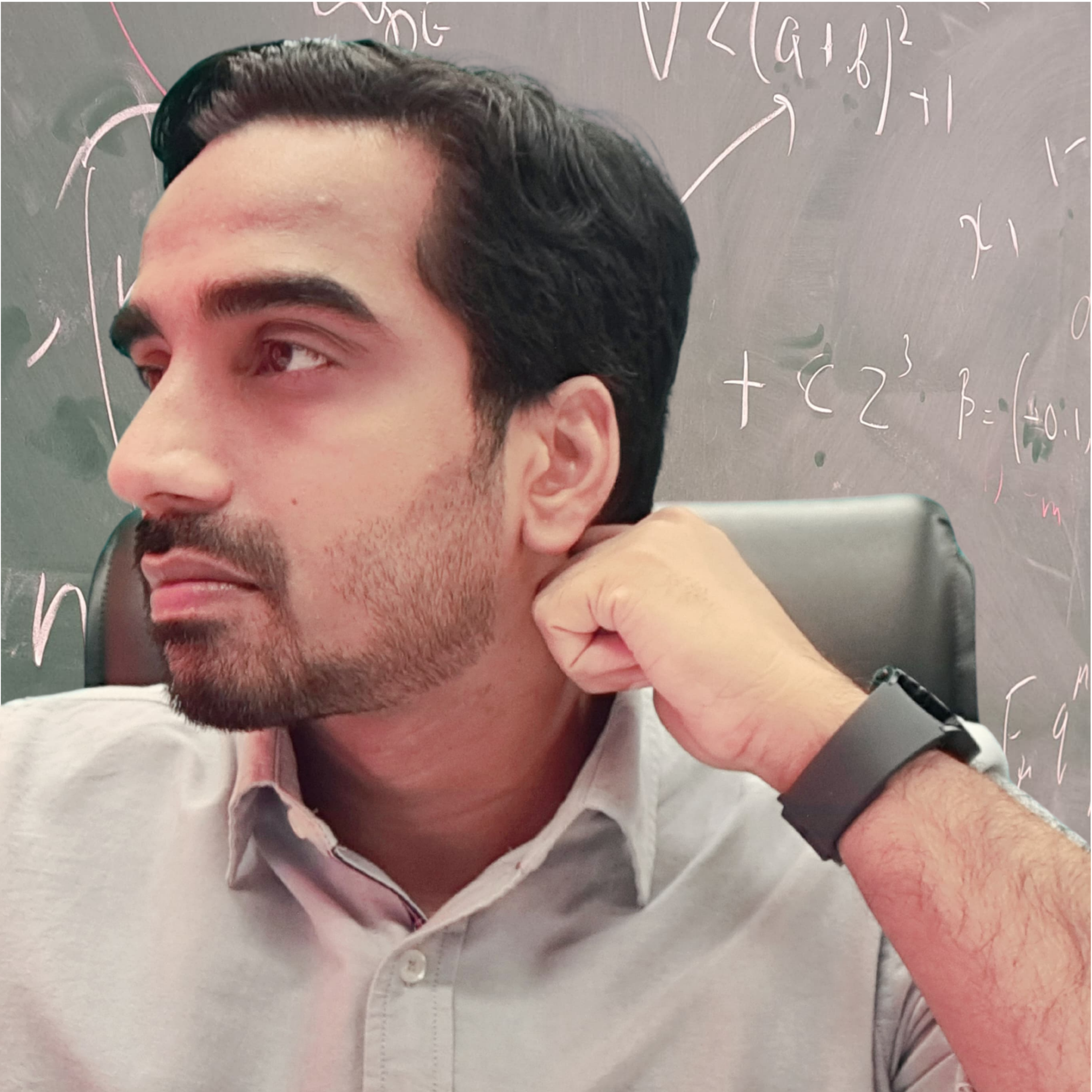Curriculum
Vitae
Centre for Theoretical Physics and Natural Philosophy, Thailand
I believe this is my first postdoc, where I am working on dark energy theories and their cosmological tests. In particular, I work on interacting dark sector models.
Yukawa Institute for Theoretical Physics
It was a short-term position for six months while waiting for a visa from China during COVID-19. During this time I extended the minimal theories of massive gravity, and we call it eMTMG. This theory has many interesting properties.
Kyoto University
I did my PhD from the cosmology research group, at Yukawa Institute for Theoretical Physics at Kyoto University, Japan. I learned quite a lot about Physics from my advisor and my friends. During this the time I was working on theoretical and observational tests of gravity theories in the context of cosmology. I have also been involved in addressing the Hubble tension with extended theories of gravity.
Research
Interests
My research interest primarily falls on theories of gravity. In particular, I work on theories beyond GR: from IR modification, understanding dark energy physics to UV/strong gravity modification and testing gravity theories: from cosmology to strong gravity systems, like black holes. I am also actively involved in understanding tensions in cosmology from the perspective of beyond LCDM.
Read more
Read more
Read more
My
Publications
Here are my list of publications.
-
Baryon Physics and Tight Coupling Approximation in Boltzmann Codes
-
Modified theory of gravity and clustering of multi-component system of galaxies
-
Reducing the H0 tension with generalized Proca theory
-
Anisotropic instability in a higher order gravity theory
-
Minimally modified gravity fitting Planck data better than ΛCDM
-
Addressing H0 tension by means of VCDM
-
Disformal map and Petrov classification in modified gravity
-
Minimal theory of massive gravity and constraints on the graviton mass
-
Minimally Modified Gravity Fitting Planck Data Better Than ΛCDM
-
Static, spherically symmetric objects in type-II minimally modified gravity
-
Comparison of two theories of Type-IIa minimally modified gravity
-
Extended minimal theories of massive gravity
-
Gravitational collapse and formation of a black hole in a type II minimally modified gravity theory
-
The Lunar Gravitational-wave Antenna: Mission Studies and Science Case
-
CMB spectrum in unified EFT of dark energy: scalar-tensor and vector-tensor theories
-
Theory of interacting vector dark energy and fluid
-
G3 -- interacting scalar tensor dark energy
-
Effective field theory of coupled dark energy and dark matter
My
Activities
Here I show the activities I am involved in that motivate me
to follow my passion.
-
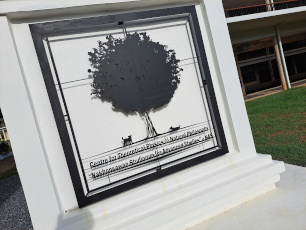
Cosmology Seminar
Organiser [20 October 2022 - Present]This is a fortnight event, Tuesday at 2.00 PM, by the cosmology group at the Centre for Theoretical Physics and Natural Philosophy, where the speaker presents progress on his/her research before the group members. We are having a very good time with it.
-
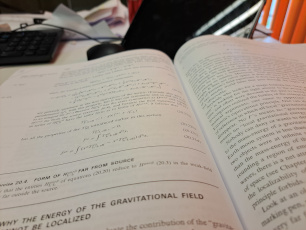
Reading Club @ CTPNP
Organiser [20 October 2022 - Present]This is an informal activity, where the cosmology group at CTPNP choose a book on advanced subjects in gravity and field theory. The aim is to brush up our basic knowledge and expose the group to advanced knowledge, in the end, it would help in our research.
-
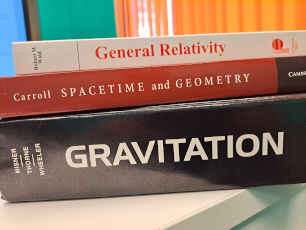
Reading Club @ YITP
OrganiserThe idea of the reading club was already there at Yukawa Institute, where I did my PhD. I spend more than three years in YITP and we almost finished six books in that period. At some point, the duty of organizing the reading club happened to be my responsibility and I was enjoying it. Now, I am not present at YITP to run it.
-
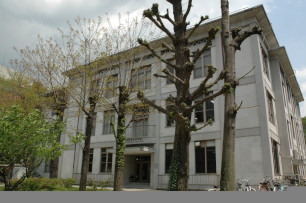
Gravity 2023: Dawn of Field-theoretic Approach
Organiser [18 July 2023 - 20 July 2023]This workshop aims to bring together experts working on field-theoretic approaches applied to gravity to share ideas and expertise and to offer introductory talks to teach these state-of-the-art subjects to a broader audience. All talks (invited and contributed) are to be given on-site but the workshop will also be accessible to online audiences who cannot attend on-site.
-
Gravity: Current challenges in black hole physics and cosmology
Organiser [20 June 2022 - 01 July 2022]The goal of the workshop is to bring together experts working on several aspects of the gravitational interaction to share ideas and expertise. It will include recent progress on modified gravity theories, black hole physics, and early and late-time cosmology. I have been a part of organising this event. It was an interesting experience and I learned a lots of lessons.
-
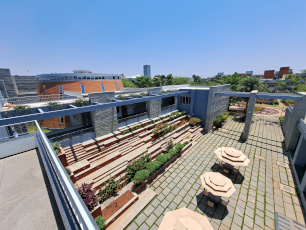
ICTS, Bangalore, India
Extended minimal theories of massive gravity.
April 23, 2023I gave this talk on a visit to the Astrophysical Relativity research group at the International Center for Theoretical Science (ICTS), Bangalore. I also attend an interesting one-week discussion on the Lunar Gravitational-wave Antenna (LGWA), which is an ambitious proposal to detect deci-hetz band GWs. I met great people working on gravitational wave astronomy and made a very good interaction.
-
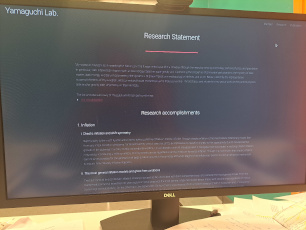
Department of Physics, Tokyo Institute of Technology
VCDM and Cuscuton
October 12, 2022This talk was given before the cosmology and gravity group at the Tokyo Institute of Technology, Tokyo, Japan. The presentation of my results on comparing two theories: VCDM and Cuscuton. The talk was pedagogical since there was participation from Master's students.
-
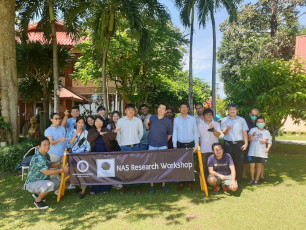
NAS Workshop 2022
VCDM: Minimal theory of gravity
September 15-18, 2022This workshop is CTPNP internal event, where researchers from Thailand meet and discuss, the research topics and make a very relaxed environment. This workshop promotes and gives an environment to make new collaborations on our interesting research themes. In this event, I was given a chance to introduce my work on a Minimally Modified Gravity Theory called VCDM.
-
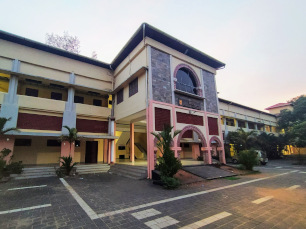
On the edge of what we know?
The 2nd CAFÉ FICICA, Good Old days cafe & bistro, Nakhon Sawan
5 August, 2023This is my second formal outreach activity and was a very amazing event. After the talk, there was a panel discussion together with Prof. Shinji Tujikawa and Prof. Burin Gumjudpai. The public asked many interesting questions about cosmology and the limitations of present understanding. The audience also included very eminent people like the local governor of the Nakhon Sawan province. He got impressed by this event and said, he will support such events in future. Here are some news links for it.
-

Understanding our Universe: Current status
Department of Physics, MES Ponnani College, Ponnani, India
27 June, 2022This is my first outreach activity. I was addressing Undergraduate students in a community college in a a small town called Ponnani in Kerala, India. The basic idea is to give motivation to students who are mostly women and to introduce research to them. This was a very memorable moment for me to make a presentation in this college, where I was a student a few years back.
Useful
Tools
Here are some of the tools I use every day. Some of them are scientific tools, such as Mathematica, while others are more general tools that can help you manage projects and track your work time. This section will be updated as I become more familiar with each tool. My list will be updated if I discover any new tools that are useful.
-
xAct is a symbolic tensor algebra package written in Wolfram Language. This is useful in constructing Lagrangians from tensor objects and deriving covariant equations of motion. There are many other possibilities one can do with this package, for example, one can perform the Dirac algorithm and count degrees of freedom in complicated theories. With xCoba, one can also perform component calculations, given any metric for theory under consideration. There are many good examples one can find online, for example, click here. Here are some of my examples useful for cosmological perturbation.
-
The Cosmic Linear Anisotropy Solving System (CLASS) is an Einstein-Boltzmann code written in the C language. It calculates the evolution of cosmological linear perturbation and compares the observables from Cosmic Microwave Background Radiation (CMB) and Large Scale Structure. Tools like this are highly important for the cosmological tests of theories of gravity. Using this, I have constrained different theories of gravity. The basics of cosmological perturbation theory are explained in the paper by Ma and Bershinger. To learn more about the approximation schemes, one can go through, the CLASS-II paper.
-
Superproductivity is a great tool for tracking how long you spend on your work. I like using this tool because it gives an idea of how much time I spend on my work. This helps me to limit myself to deviate from work. In addition, this application helped me understand how long it may take to complete a task. The best thing is that if you are disconnected from the task, you will be informed.
-
Trello is a working management tool. I use this tool to illustrate my project workflow. This gives a good idea of how each project progresses and what immediate steps should be taken next. You can find many interesting features for effective work management. With this tool, I learned how to organize my own projects.
Contact
Address
Centre for Theoretical Physics & Natural Philosophy
“Nakhonsawan Studiorum for Advanced Studies”
Mahidol University, Nakhonsawan Campus, 402/1 Moo 5 Khaothong, Phayuha Khiri, Nakhonsawan,
Thailand 60130
You can reach me at
masroorcp@gmail.com
masroor.cha@mahidol.ac.th
